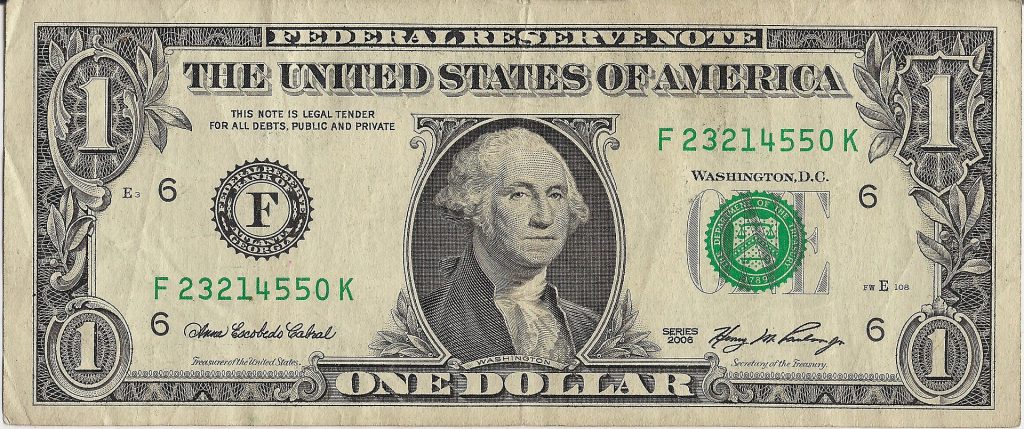In the world of benefit auctions, most people know the basic formats for live and silent auctions.
If you have an audience that’s game, mix things up with a different auction format or a variation of a familiar format. You may be surprised (and delighted) with the results.
| Type of Auction | Rules | When to Use | Try These Variations |
|---|---|---|---|
| English | Participants bid openly against one another, with each subsequent bid required to be higher than the previous bid. The highest bidder pays their bid. | -You are auctioning a single item (vacation package, artwork, etc…). This is likely the type of auction you are familiar with. | -When there are two bidders left, each bidder submits a sealed bid (Amsterdam auction). -Incrementally display a higher and higher price. Bidders who drop out cannot re-enter (Japanese auction). |
| Silent | Bidders write their bids on a bidding sheet. Bidders may bid multiple times within the allotted bidding period in case they are outbid. | -You are auctioning items that require close inspection. -You may have only a few bidders. -Your bidders require privacy. | -Set a “Buy Now” price so a bidder can guarantee a win (Buyout auction). -Show a mystery box so bidders don’t know what they are bidding on (Mystery auction). |
| Dutch | The auctioneer starts with a high asking price. The price is lowered until a participant is willing to accept the auctioneer's price. | -You want your auction to move quicker (it just takes one bid!). -You have impatient bidders who don’t want to miss out. | -Auction some quantity of similar items (after all, the Dutch Auction is named for the Dutch tulip auctions). The highest bidder gets their first pick of items. The auctioneer continues lowering the price until all items have been purchased. |
| Blind | Bidders submit a single sealed bid. They are unable to see what others are bidding and cannot change their bid accordingly. The highest bidder pays their bid. | -You have a tough to value item, and there is at least one price insensitive bidder. | -The highest bidder pays the amount of the second highest bid, so bidders don’t worry about over-bidding (Vickrey auction). -All bidders pay the amount they bid but only the highest bidder wins the item (All-pay auction). |
These are some of the basics, and there are loads more auction types and variations. Feel free to comment below with any experience you have doing a non-traditional auction!
The Dollar Auction

While we are on the subject of different types of auctions, here’s one more creative idea: the “Dollar Auction”.
The item up for auction is a single U.S. dollar. But this auction has a special rule: while the highest bidder pays for and wins the dollar, the second highest bidder pays their bid as well.
Sound kooky? Here us out.
Bidder 1 will bid something less than a dollar, say $0.05, hoping to make a $0.95 profit. Then, rival Bidder 2 will bid $0.10 with aspirations of netting $0.90.
Now, Bidder 1 won’t want to be out $0.05, so she’ll bid $0.15. The bidding war will increase until the first-place bidder is at $1.00 and the second-place bidder is at $0.95.
That’s when something interesting happens.
The second-place bidder has a choice to make: Should she accept a $0.95 loss or bid $1.05 for a $0.05 loss?
If she chooses the $0.05 loss, the first-place bidder then has the same choice, only for a $1 loss vs. a $0.10 loss.
Theoretically, there is no end to the madness of bidding more than $1 for something that clearly has a fixed value. Some iterations of the “Dollar Auction” have yielded thousands of dollars in bids!




